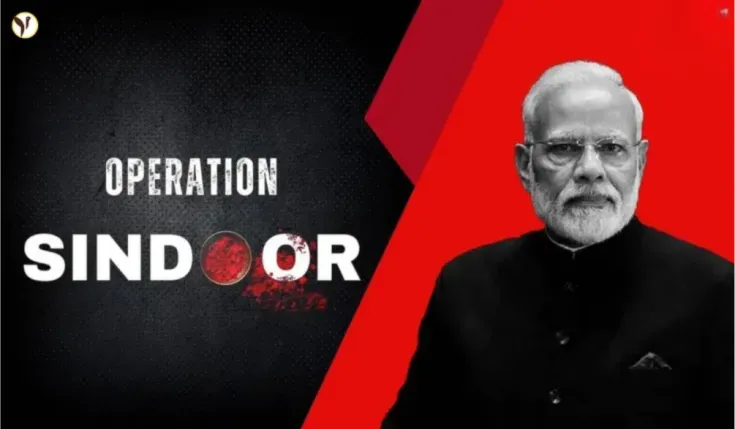India-Pakistan: Operation Sindoor and its Aftermath
Early Wednesday morning, India launched "Operation Sindoor," a series of precision missile strikes targeting nine terrorist camps in Pakistan and Pakistan-occupied Kashmir (PoK). This bold action came two weeks after the devastating Pahalgam terror attack, which claimed the lives of 26 innocent civilians, including the husbands of several women who witnessed the horrific event firsthand. The operation's name, "Sindoor," refers to the red vermillion powder worn by Hindu women, symbolizing marriage and signifying the avenging of the slain husbands.
The Strikes and their Targets
The Indian armed forces, utilizing a coordinated effort between the Army, Navy, and Air Force, struck key infrastructure linked to terrorist organizations. Jaish-e-Mohammad (JeM) and Lashkar-e-Taiba (LeT) strongholds in Bahawalpur and Muridke, respectively, were among the primary targets. Other locations in Pakistan and PoK were also targeted. India's official statements emphasize that the strikes were meticulously planned to minimize civilian casualties and avoided targeting Pakistani military facilities.
- Targets included: Bahawalpur (JeM HQ), Muridke (LeT HQ), and other sites linked to JeM, LeT, and Hizbul Mujahideen.
- India's stated goal: To strike at the root of terrorism and hold the perpetrators of the Pahalgam attack accountable.
- Method of operation: A coordinated tri-service operation using precision munitions.
Following the strikes, Pakistan responded with heavy cross-border shelling along the Line of Control (LoC), leading to further escalation of tensions. Defense Minister Rajnath Singh spoke with the chiefs of the three armed forces to assess the situation and ensure appropriate response measures.
International Reactions and Domestic Responses
India proactively briefed several leading nations, including the US, Russia, UK, and Saudi Arabia, about the operation. International reactions were varied, with some expressing concern over escalation while others acknowledged India's right to self-defense. US President Donald Trump, while acknowledging the long-standing conflict, expressed hope for a swift resolution.
- Indian government response: Strong statements of resolve to combat terrorism and protect its citizens. Numerous officials lauded the armed forces and conveyed the nation's pride.
- International response: A mix of concerns regarding escalation and recognition of India’s right to self-defense.
- Economic impact: The Indian rupee weakened against the US dollar amidst heightened tensions, while several Indian airlines cancelled or diverted flights due to airspace restrictions.
Within India, there was widespread support for the operation, with many viewing it as a necessary response to the Pahalgam tragedy. However, concerns about potential escalation and the wider implications for regional stability also surfaced.
Conclusion
Operation Sindoor represents a significant escalation in the long-standing India-Pakistan conflict. While India asserts the operation was precise and restrained, targeting only terrorist infrastructure, the ensuing cross-border shelling and international reactions highlight the precariousness of the situation. The incident underscores the deep-seated tensions between the two nations and the complex challenges in combating cross-border terrorism. The long-term consequences of Operation Sindoor, and the possibility of further escalations, remain uncertain.






